Behind The Board Games: Rick Priestley
August 1, 2019 by dracs
Rick Priestley is one of the original creators of Games Workshop’s Warhammer and author and creator of the Warhammer 40,000 range of games and universe. He has also design many other fine games for Games Workshop and served as Creative Director of the company throughout the 90’s and early 2000s.
Since leaving Games Workshop he has produced a variety of games and supplements with Warlord Games, including Black Powder, Hail Caesar and - most recently Warlords of Erehwon.
Sam: What was your first experience with tabletop gaming? How did you make the jump from gamer to designer?
Rick: Proper wargames with dice, rulers and rules? The first game I ever played was a WW2 inspired wargame by Charles Grant called Battle Practical Wargaming. What I bought as a book started life as a series of articles in Meccano Magazine, although I didn’t know that at the time. I think I just saw the book in a local bookshop and thought it looked interesting. I soon discovered a few mind minded souls and we went to play games using Donald Featherstone’s books, the rules from Shire publications, and so on. This would be 1970 or maybe early 71 so I would be eleven going on twelve, I guess.
I don’t recall any jumping involved in games design. It’s a very sedentary affair mostly. I think making up your own rules was (and is) just part and parcel of playing wargames. I don’t remember there was ever a time I - or we - didn’t just make stuff up. Even that first game we extended by adding stats for tanks and vehicles that weren’t in the rules.
Sam: You are well known as the mind behind Warhammer. Where did you start creating the rules for the games?
R: Where? In the pub I imagine. The ‘rules’ for the original Warhammer game were largely concocted by Richard Halliwell. We worked on it together but really it was Richard who created the basis for the first Warhammer game. At that time Richard was living in Nottingham and I was in Newark where Citadel was based.
Sam: How did the background of the 41st Millennium first take shape? What influences did you draw upon, and what sort of world did you want to create?
R: The backstory to Warhammer 40,000 congealed at the same time as the game rules - gelled might be more the case - no I think it was congealed on reflection. I think the games we played just suggested details of the background and I stitched it all together.
The key thing for me was creating a background that facilitated the idea of conflict between varieties of forces. With many backstories you have a beginning middle and end - but with the 40K background it’s just a setting - there is no end as such. And the basic set-up of the background allows for an ‘anywhere/anytime’ approach that means forces can fight without having to worry about ‘how did those Dark Elves get to Kislev’ kind of concerns. So, the story was created around pragmatic issues as much as anything. It was also inspired by a lot of contemporary fiction and film as well as many classics - I would mention the 2000AD comic in particular, but also Heavy Metal magazine, and the scope and ‘big picture’ approach of Frank Herbert’s Dune.
S: What do you think of the direction the lore has taken in recent years?
R: What for 40K? I’ve no idea. What direction has it taken in recent years? It’s not something I pay any attention to.
S: Outside of Warhammer, you have worked on plenty of historical titles. Is it true that you sold the Black Powder system to Warlord for a curry and a pound?
R: There was a Warhammer Ancients as well - and I worked on numerous fantasy and science-fiction games for GW apart from Warhammer. I suppose Warhammer - and especially Warhammer 40,000 - are the most well-known though.
A curry and a pound - sounds a bit expensive to me - yes I think it was basically that. I think it had to be a pound (rather than free) to establish ownership (I still worked for GW when Jervis and I wrote Black Powder). To be fair, Warlord Games have since paid me a modest royalty on Black Powder, which they didn’t need to do, so they’ve been more than generous really.
S: How do you approach a historical game system, compared to one for a sci-fi or fantasy game? What is your creative process like?
R: When it comes to broad mechanics there’s no difference in terms of whether a game is historically inspired or otherwise. It’s much more a case of what suits a particular game. Games can be inspired by many things - an idea for a mechanic, background, component, and so on: there’s no one process or approach. I suppose the thing that’s common is that I write up drafts as I play - usually dividing what will be a book into separate sections. So - I’ll generally have the ‘Movement’ section as a single file, the ‘Shooting’ section as a file, and so on. That way you can work on a file at a time and the document doesn’t get too big or unwieldy to handle. I’ll print out a hard copy of the whole thing and keep it in a lever-arch file. That’s the working copy which we’d use to play games. It gets plastered with notes and stickies, comments and points to raise, until the time comes when you need to update a section. It just seems a very obvious and natural way of doing it really.
S: What do you think makes for a fun miniatures wargame?
R: Good company. I obviously enjoy games designed for multiple players (Black Powder and Hail Caesar are specifically written with that in mind) and I enjoy games that have a good mix of tension, risk and reward. But ultimately the game is less important that the people you play it with. Then there is beer.
S: One of your most recent games, Warlords of Erehwon, uses elements from both Gates of Antares and Bolt Action. Can you think of any other times where you have been influenced by what worked or didn’t work in previous titles?
R: It does - but that is very common. If you create a nice, interesting or innovative ‘engine’ then it’s very tempting to think what else you can do with it. Everybody does that. Warmaster (for example) was inspired partly by a ‘turn-over’ mechanic in BloodBowl, and Warmaster in turn inspired me to write an ancients version (Warmaster Ancients) and the Warmaster mechanic was adapted to Black Powder which was in turn adapted to Hail Caesar. The original Warhammer 40,000 was an adaption of the then-current Warhammer Fantasy game.
S: Is there a setting, either historical or fictional, you would particularly like to create a game for? Or do you prefer to work within your own creations?
I’m not really interested in writing for genre stuff - some people love that but it’s not my thing really. I prefer to either deal with historical subjects or something I’ve created myself. I wrote the original Judge Dredd Role-playing game way back in the early 80’s - that was the only thing like that I’ve ever done.
S: What projects can we expect to see from you in the future?
I’m going to continue to write up lists and extra rules for Erehwon - and there are a few small commitments I have to see through for Warlord and Lucid Eye. But once that’s out of the way I’m not expecting to take on another major project.
I don’t think folks realise just how much work is involved in getting a big game together. I’m currently putting together some new armies for Erehwon and building up my collection of 1970s Miniature Figurines - which is getting a bit out of hand to be honest.
S: With both Lord of the Rings and Warlords of Erehwon, do you think it is true to say that including halflings makes a game ten times better? (You all heard me!)
Always ☺
Which of Rick Priestley's games has been your favourite to play?
Supported by (Turn Off)
Supported by (Turn Off)
Supported by (Turn Off)





























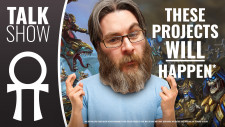



![How To Paint Moonstone’s Nanny | Goblin King Games [7 Days Early Access]](https://images.beastsofwar.com/2024/12/3CU-Gobin-King-Games-Moonstone-Shades-Nanny-coverimage-225-127.jpg)







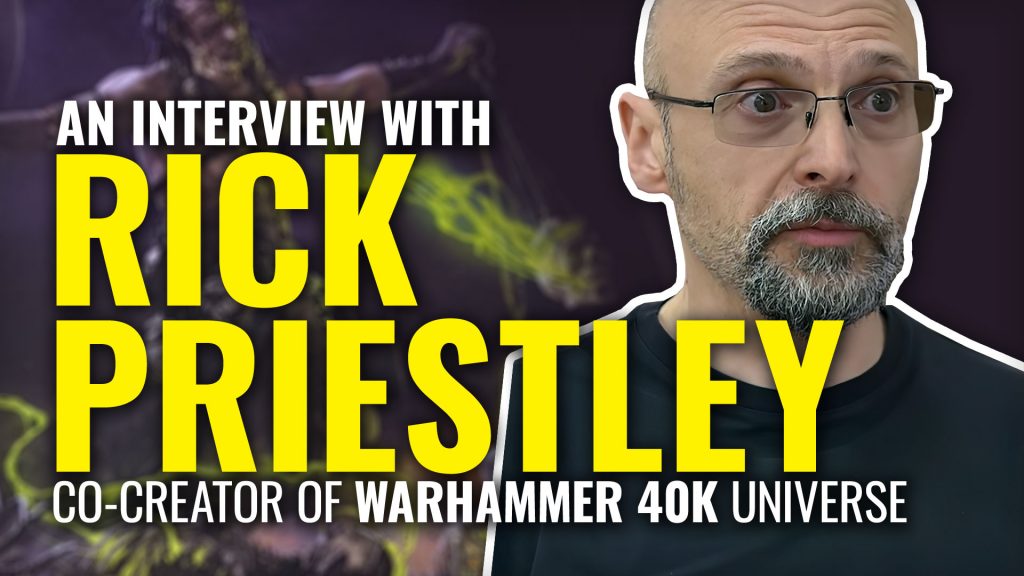

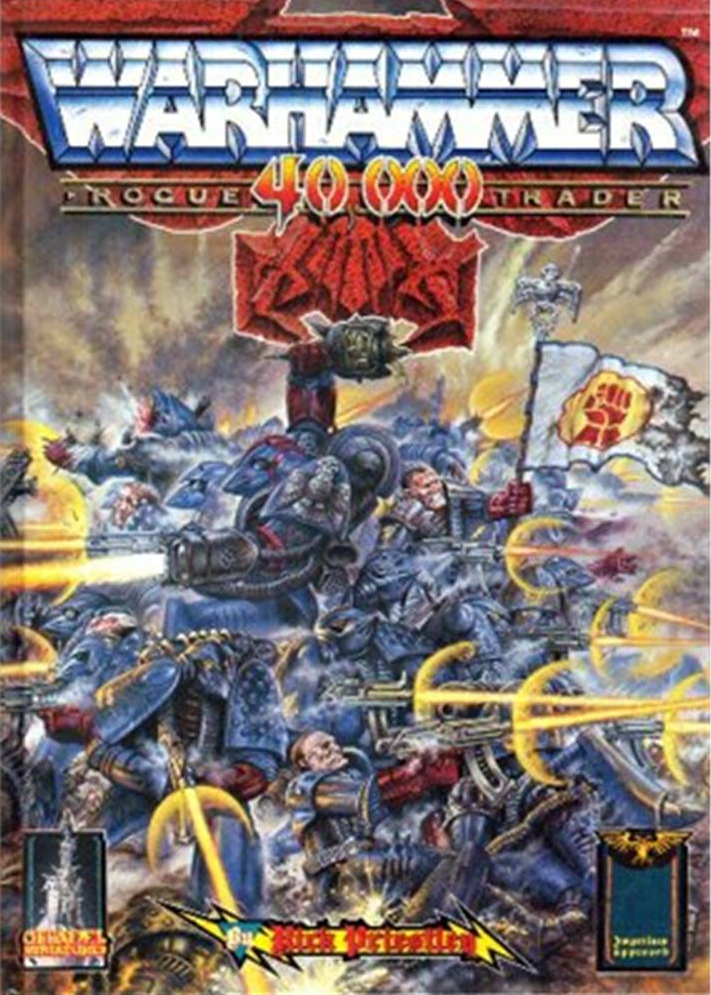
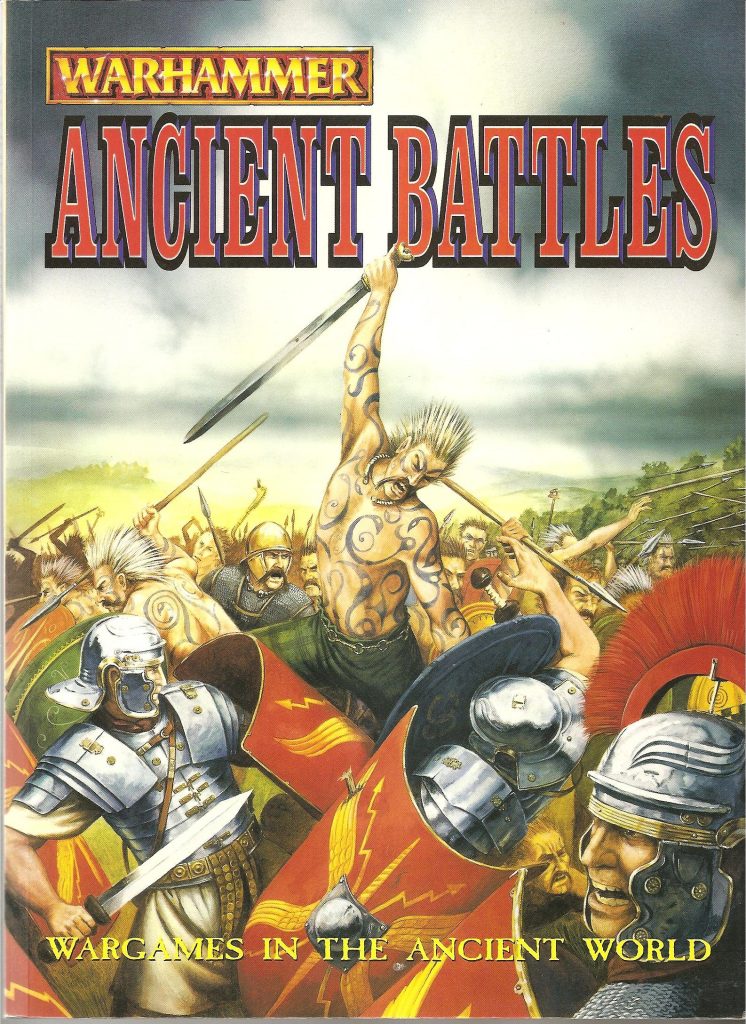
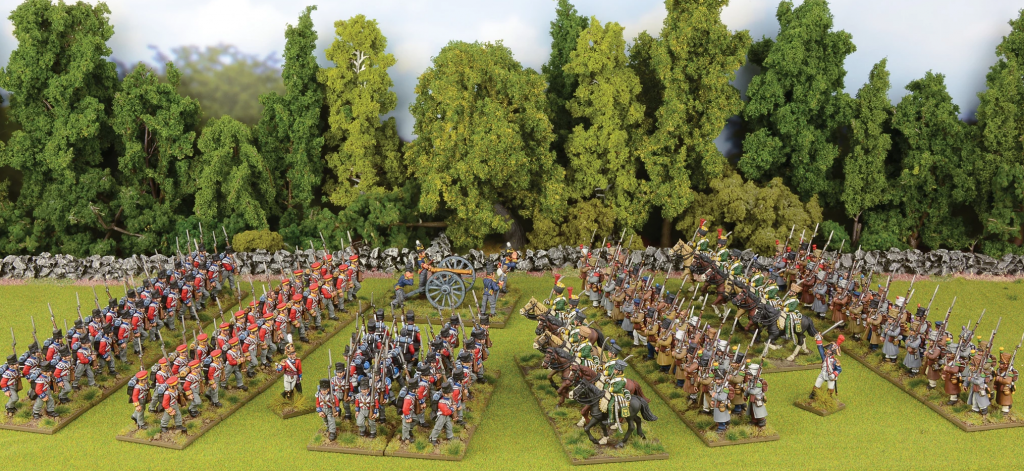
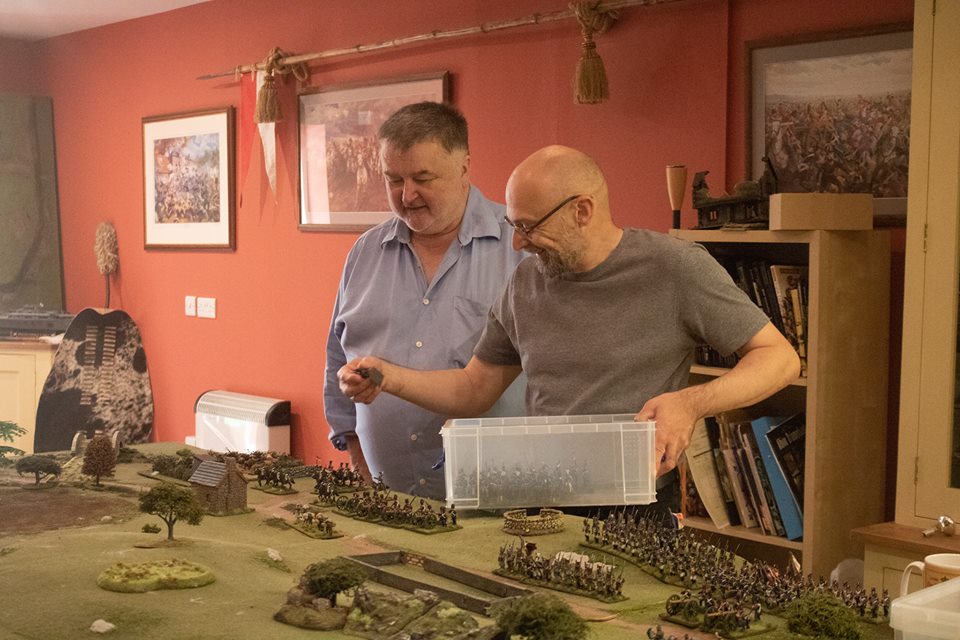
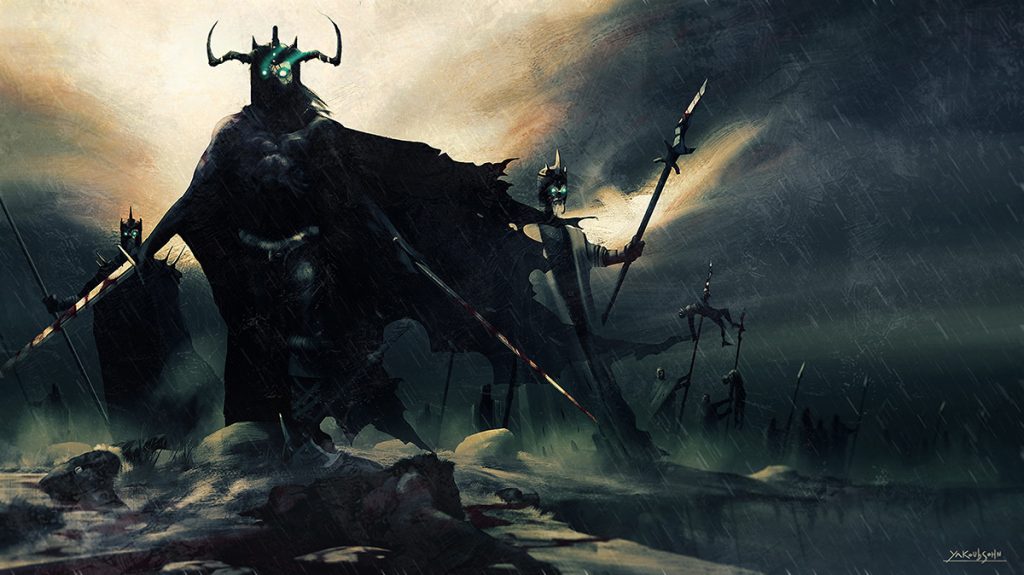
































I love Warlords of Erehwon, it feels so new and oldschool in the same time. What Rick says about “making up your own rules” is what I really missed in all the games I had. The newer games aren´t that open to adapt house rules like WoE does. Thats why Rick in my eyes is a great master in game design. (Yeah, some WoE lists seems broken for tournament play, but if you just want to have fun with friends, houserule it)
Good job Rick, can´t wait to see some new lists from you.
War master both fantasy and historical
Thanks for this interview, Sam. Always a pleasure to read or listen Rick about games. I was a big fan of Rogue Trader which I’ve played a lot, the one and only real rulebook about Wh40k (I think the last one is only a crap, but that’s only my point of view). Rogue Trader was my real first love for miniature’s wargames. I love to read Rick’s (rule)books. We can see his gaming touch, his sense of humour from his firsts works to his last game. As a huge fan (big is not enough) about Gates of Antares, I think… Read more »
we all bow to your intelligence Rick when you think a game into existence long may you tweak the rules.
“But once that’s out of the way I’m not expecting to take on another major project.”
But, does this mean Rick is retiring from designing games?
So many I can say I have a favorite. So many so good.
Interesting answer to the question
“S: What do you think of the direction the lore has taken in recent years?” “R: What for 40K? I’ve no idea. What direction has it taken in recent years? It’s not something I pay any attention to.”
Given the fact that when Beyond the Gates of Antares came out he did an interview where he complained about the direction 40K lore had taken. Guess he just didn´t want to get into it this time.
I’m not trying to stir the pot but…given the fact that Gates of Antares was released in 2013-14 and its now 2019, I would say his comment “…recent years” is actually valid and doesn’t suggest that at all.
Oh most definitely Lord of the Rings SBG. I like the current iteration, but for me the simplicity of the first “Fellowship of the Rings” edition that came out in 2001/2 was a revelation!
I loved Warmaster when it came out and have continued to play on and off for years. Rick has provided so many memorable moments in gaming for me. Sorry to see him signaling that he is to retire from major games design but I suppose this comes to the best of us in the end. Thanks for everything Rick.
Great interview, but it’s very short, we are talking about the greatest wargame designer of all the times! Also, no questions about Beyond the Gates of Antares? I think it is his last masterpiece and a very great game.
I only hope Rick keeps his eyes in the future development of Antares and brings us many years of good background and rules. Long live, Mr. Priestley!